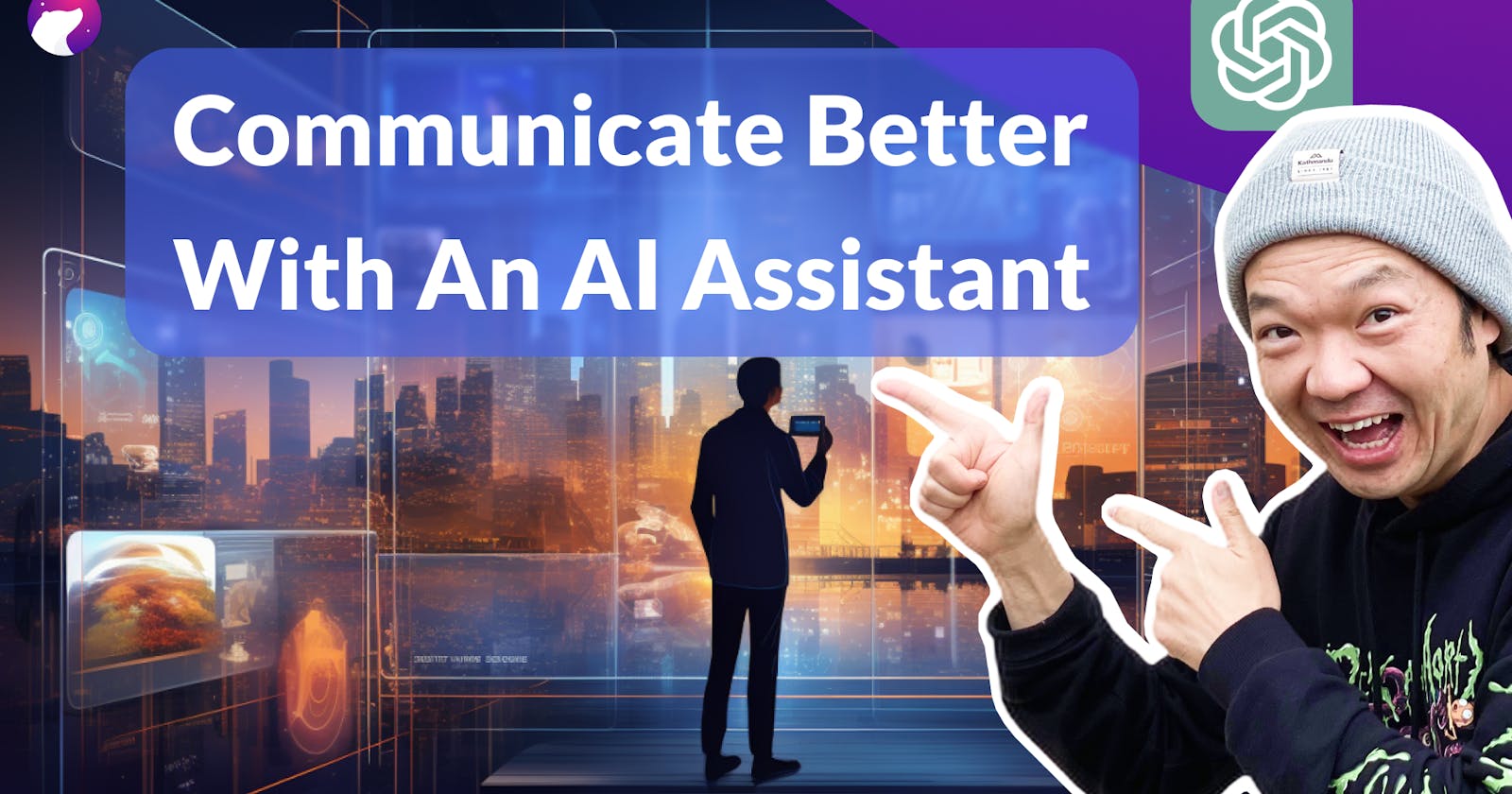Why
Welcome to Bear Academy! As many of you may know, I'm always trying to find ways to use AI to make my work better.
Recently, I discovered that a personal communication assistant is the most often used and most valuable application of AI. It's an amazing tool, and before we dive into the details, let me share some of my thoughts on why this is so important.
Much of my work, and possibly yours too if you're a remote knowledge worker like a marketer, designer, programmer, or manager, involves communication. This mainly means writing - replying to emails, Slack messages, leaving comments, or asking questions on documents. Writing is everywhere in our work.
In most of these situations, I clearly know what I want to say. For instance, if I see a design I don't like, I want to explain why - reasons one, two, and three. However, the real challenge is fine-tuning the language to ensure it's just right, easy to understand, considerate, and fitting the situation. This can be tough, especially for non-native speakers like me.
Imagine this: you spend two hours in the morning responding to emails, and suddenly, you're too tired to tackle the day's big task. Sound familiar? Or, you get an important email at the end of a long workday, and even though you know you should respond, you're just too drained.
Sometimes, we might skip out on important conversations due to a lack of time and energy. For example, you could miss out on a team strategy meeting for the upcoming year. That's not ideal for your long-term career growth.
This is where an AI communication assistant is incredibly handy. It can help you save time, keep energy for the tasks that matter, and ensure you stay in the loop on key discussions.
Getting started is a breeze. You don't need any special prompts. Let me show you how.
How to do it
First, you'll need a ChatGPT account. If you have a paid ChatGPT+ account, that's even better as you can use the GPT-4 module. Then, set up the use case so ChatGPT can respond in the way you expect.
You just need to tell the AI about your job, let it know what you want it to do, and provide some materials for it to study. Just copying a few examples of emails or Slack messages for the AI to examine will work.
When you need to use it, just write a brief summary and paste your call notes, maybe just a few keywords. If needed, you can attach the original content, like the email you want to respond to.
For instance, if I get an email suggesting a podcast interview that I wish to decline - which always takes me a long time to write - I simply tell the AI, 'No, I don't want to do that. Here are three reasons why. Please draft a polite email to decline, with a friendly, personal, and respectful tone.' And just like that, the AI assistant drafts the perfect response.
So that's it! You've seen how we can use AI to make our work easier. I hope you find this as helpful and exciting as I do. Thanks for watching, and I'll see you in the next video.

